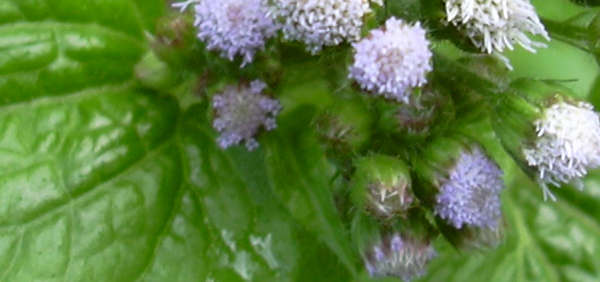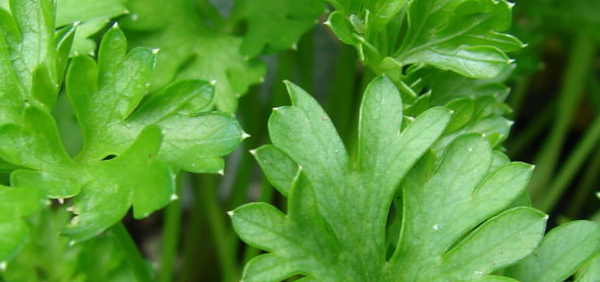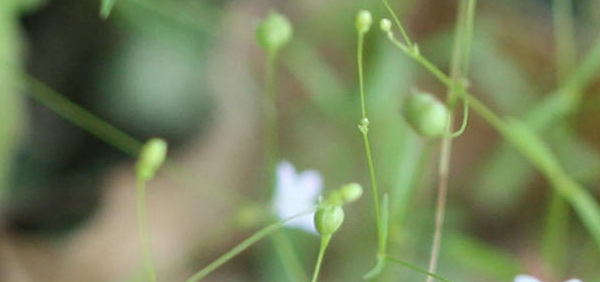shana :

Cultivation:
Plants in this genus generally prefer a sunny position, succeeding in dry to moist, well-drained soils
Grown as a green manure, fibre crop and ornamental, the plant has escaped from cultivation and become naturalized in some areas. It is considered to be invasive in some areas - in Hawaii, for example, it is naturalized in disturbed sites such as roadsides, dump sites and urban areas
The plant can flower and produce fruit all year round
This species has a symbiotic relationship with certain soil bacteria, these bacteria form nodules on the roots and fix atmospheric nitrogen. Some of this nitrogen is utilized by the growing plant but some can also be used by other plants growing nearby
Propogation:
Seed - sow in situ. Pre-soaking the seed for 12 hours in warm water can help to reduce germination time.Harvesting:
Seeds should be collected from mature pods that were allowed to dry on the plant. Sow seeds immediately, because they quickly lose viability.- » Classification and names of shana
- » Synonyms and definitions of shana
- » Drug Properties of shana
- » Chemical Constituents of shana
- » Standardization of shana
- » Parts used and Dosage of shana
- » Morphology and Histology of shana
- » Distribution and Conservation of shana
- » Cultivation of shana
- » shana in the market
- » Medicinal Uses of shana
- » Researches and clinical trails of shana
- » shana in other sytems of medicine
- » Ayurvedic formulations with shana
- » Images of shana












